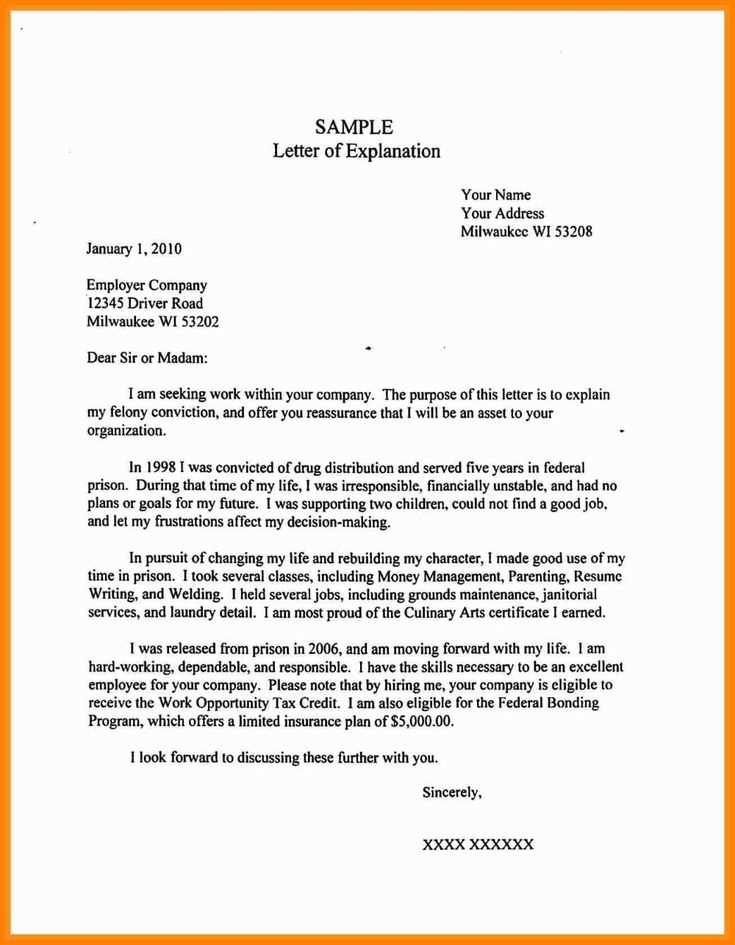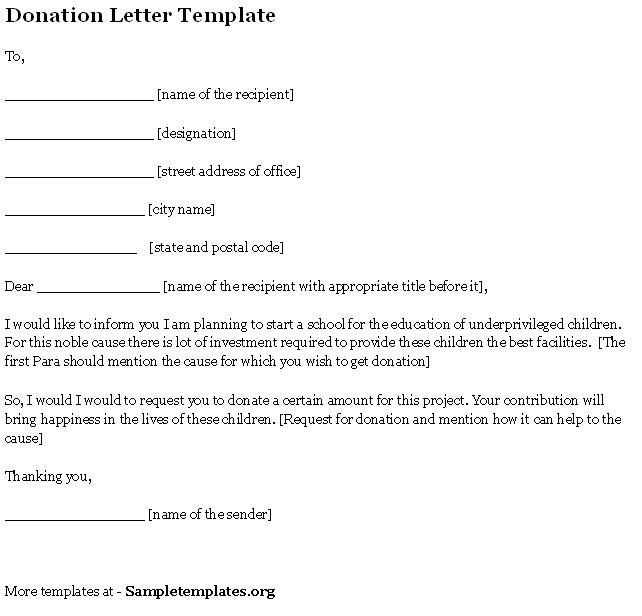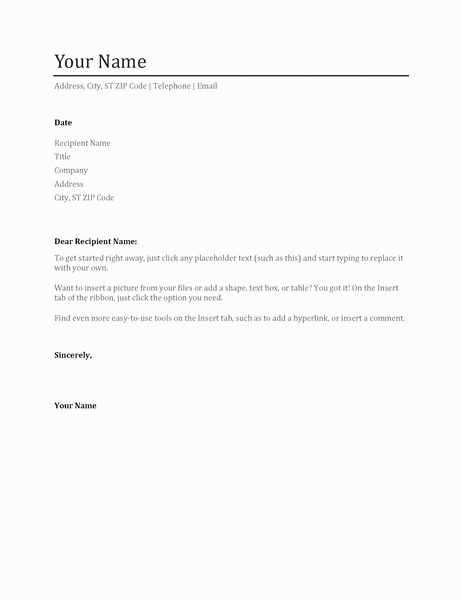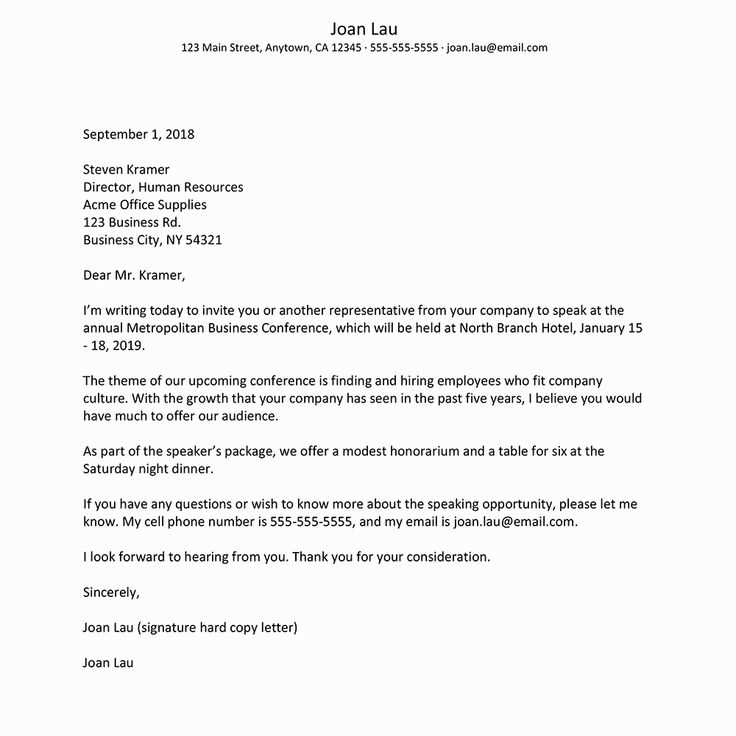Office Move Letter Template for Easy Relocation

When a business transitions to a new location, it’s crucial to inform relevant parties in a clear and formal way. A well-crafted document can ensure that everyone understands the change and prepares accordingly. This section provides insights on how to create an effective notification that communicates the essential details while maintaining a professional tone.
Structure and Format
To ensure clarity, start with a concise introduction outlining the reason for the change. Mention the new location, and provide the date the transition will take place. This sets the tone and prepares the reader for further details.
Key Elements to Include
- Address Information: Clearly mention the new physical address, including any important details like suite or floor number.
- Effective Date: Specify the date when the relocation will occur, so all recipients can adjust their plans accordingly.
- Contact Information: Provide updated contact details in case anyone needs to reach the business or ask questions.
- Additional Instructions: If necessary, include parking or access guidelines, and any other helpful notes.
Personalizing the Notification

Consider adjusting the tone of your message depending on the recipient. For instance, clients may require a more formal and thorough explanation, while internal staff may appreciate a more straightforward approach with additional operational details.
Timing and Delivery
It’s essential to send this communication well in advance. Aim to provide notice at least a few weeks before the actual transition, allowing time for preparations. Choose an appropriate method, such as email or physical mail, depending on the recipient’s preferences and the nature of the message.
Essential Tips for Relocation Notifications
When communicating about a business transition, it’s important to be clear, professional, and considerate of your audience. The goal is to ensure that everyone involved is well-informed and can make necessary adjustments without confusion. Below are some practical guidelines for creating an effective communication.
How to Structure Your Relocation Communication

Begin by providing a direct and concise introduction explaining the purpose of the message. Make sure to clearly state the change and its impact. Follow up with any essential details such as the new address, date of transition, and updated contact information. End the communication with a polite closing, offering assistance if needed.
Key Elements to Include in a Notification

- New Location Details: Be specific about the new place, including full address, room number, and any other identifying information.
- Transition Date: Clearly mention when the move will happen to give the recipients ample time to prepare.
- Contact Information: Ensure that the updated phone numbers, email addresses, or other ways of reaching the business are included.
- Important Instructions: Include additional information like access instructions, parking guidelines, or other relevant details.
Common Errors to Avoid in the Notification
One of the most common mistakes is providing unclear or incomplete address information. Ensure that all the necessary details are given and double-check for accuracy. Another error is failing to specify the exact transition date, which can cause confusion. Lastly, neglecting to personalize the message or consider the recipient’s perspective may lead to a lack of clarity or engagement.
How to Address Different Recipients
When communicating with clients, it’s important to use a formal tone and provide all necessary details to avoid any confusion. For internal stakeholders, a more straightforward approach may work better, with additional operational details, such as how the change will impact daily work activities. Tailoring your message to suit the audience ensures better reception and understanding.
When to Send Your Notification
Timing is key. Aim to send the notification well in advance of the transition. A few weeks’ notice is ideal, allowing time for all recipients to adjust their plans accordingly. The sooner you communicate, the more organized and smooth the transition will be for everyone involved.